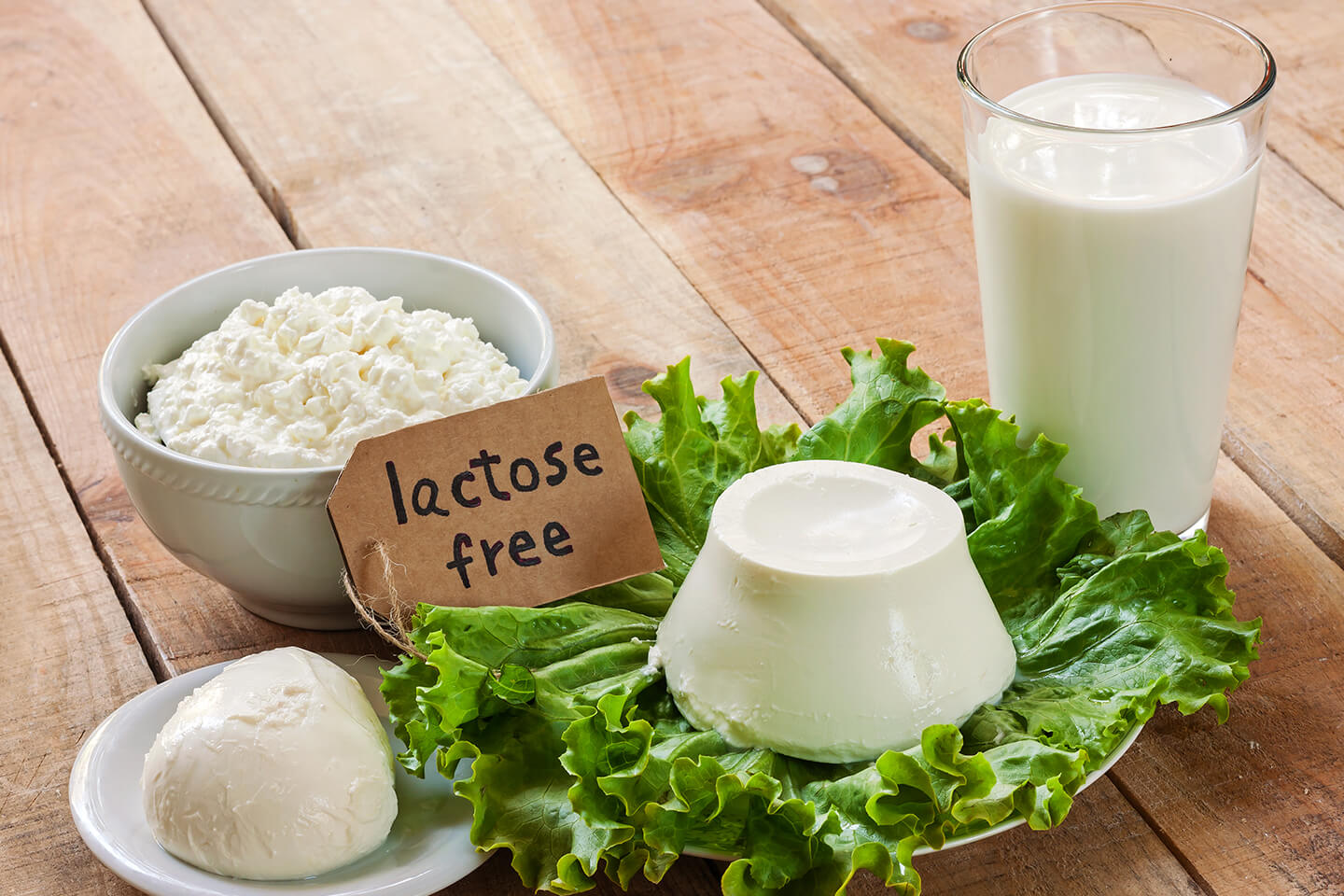Vegetarian, vegan, Keto, gluten-free, Paleo, lactose-free, Whole30…you’ve probably heard all these terms. But do you really understand what they all mean? And does your restaurant cater to these different ways of eating? Do you need to develop new menu options? Or do you already have menu items that satisfy these requirements? Are you missing out on a great marketing opportunity? Let’s explore what it means to address various dietary restrictions for restaurants.
Why Is This Important?
Dining out is often a social experience. Selecting a restaurant can be tricky. It can limit the restaurant choices if one or more people in a dining party have a dietary restriction. So, by addressing dietary issues on your menu (and in your marketing) you may open yourself up to a wider variety of diners. It’s helpful to your customers. By giving them this information, your restaurant becomes a more likely choice among all the options available.
Before we get started, a quick note on food allergies. Except for things like gluten and lactose, we are going to cover the handling of the most common food allergies in a separate article. The issues inherent with allergies deserve expanded treatment and thus are addressed separately.
Fad vs. Trend vs. Lifestyle
Keeping up with the latest fad diets can feel like an unmanageable challenge for restaurants. Fads come and go regularly as they catch the public attention because of a popular book or a celebrity endorsement. Diets like Atkins and South Beach were popular just a few years ago. But you rarely hear about them anymore. So chasing fads might not be in a restaurant’s best interest. But there have been a few trends that have slowly built over time to become significant segments of the dining public. The key is figuring out which trends are likely to endure and which make sense for your particular restaurant to embrace.
For example, if your brand is focused on convenience (like fast food) it may be more difficult for you to create menu items that address the needs of specific diets. But that may be OK for your market. Keep in mind that the goal doesn’t have to be changing your entire menu to accommodate a specific dietary trend. But providing a few options may be enough.
Vegetarian vs. Vegan
The terms “vegetarian” and “vegan” get confused and misused frequently. The easiest way to think about it is this: A vegan diet is a type of vegetarian diet. In other words, all vegans are vegetarians but not all vegetarians are vegans. Both diets avoid meat products from animals in their simplest forms.
In practice, there are several types of vegetarian diets. A “lacto-ovo vegetarian” has a diet that includes dairy products and eggs. As you might guess, a “lacto vegetarian” eats dairy but avoids eggs. Contrast these with a vegan diet that avoids animal products altogether, including milk and eggs.
There are numerous other variations of vegetarian diets, but these three types account for the majority of the dietary restrictions for restaurants to be concerned with.
One of the tricky points that restaurants have to consider is hidden ingredients in dishes that may appear vegetarian or vegan but actually include animal products. The biggest culprits are things like margarine, shortening, and lard used in baked goods and other dishes. And milk products can be challenging as things like casein, lactic acid, lactose, and whey are often used in processed foods. Eggs can be particularly challenging as their components are widely used in all manner of products. These components include albumin, lecithin, and lutein.
If you want to truly say you have a vegan offering, you will need to scour the ingredient lists of any processed foods served or ingredients used in the preparation of your menu items. This can be one of the toughest dietary restrictions for restaurants. Especially given how prevalent these ingredients are in modern processed foods.
What About “Plant-Based?”
The latest buzzword that comes up when discussing dietary restrictions for restaurants is “plant-based.” This comes up most commonly when discussing things like the meat substitutes like the Impossible Burger. It is extra tricky because there is no universally agreed-upon definition of a plant-based diet.
One of the most popular interpretations is that the term refers to a diet consisting mainly of whole and minimally processed foods. Plant materials make up the bulk of this diet. But because of the looseness of the definition in general, marketers have jumped on the term “plant-based” as a way to signal “healthy”. And this has led to confusion in many cases. While it is possible to be vegan and eat a plant-based diet, products advertised as plant-based are not necessarily vegan. And in many cases, they definitely are not vegan.
So, the bottom line here is that you need to be wary of marketing claims. Really look at the basic ingredients to determine if your menu offering fits in one of these categories.

Keto, Paleo & Whole30
There are many dietary trends out there today. And they can be very confusing. Many of these fall under the generic heading of “clean eating.” That is, these diets advocate eating unprocessed, whole foods. “Organic” is also often thrown in for good measure.
The Keto Diet
There are specific variations of clean eating that have important differences. One of the most popular of these is the ketogenic diet or “keto” for short. This diet has gotten a lot of press because of the celebrities that claim to follow it.
The basic premise of the keto diet is limiting the consumption of carbohydrates and increasing calories from fat. The diet recommends that 70% of calories should come from fat. The idea is that if you limit carbs as a source for energy, your body will start to burn fat for fuel instead. This is called “ketosis.”
While keto has its champions, it also has its detractors. U.S. News & World Report ranked it as one of the worst diets in 2017. Setting aside its advisability as a diet, offering keto-friendly options is pretty straight forward for restaurants. Fatty foods are popular. Just be sure to temper that with carb restrictions in mixed ingredient dishes.
The Paleo Diet
The Paleo diet is similarly controversial. It was ranked just slightly better than the keto diet as one of the worst diets of 2017. As the name implies, the diet is supposed to emulate the types of foods that our ancient ancestors could hunt or gather. The diet does not allow gluten or dairy (more on that in a minute). And all processed foods and refined sugars are off-limits. This is another of the toughest dietary restrictions for restaurants to follow.
The Whole30 Diet
The Whole30 diet is similar to the Paleo diet but with more restrictions. The basic idea is that you follow the diet’s plan for a minimum of 30 days. Hence, the name Whole30. Like the Paleo diet, the Whole30 diet restricts you to items that our ancient ancestors could hunt or gather. But the further restrictions come in by prohibiting things like Paleo pancakes or cauliflower crust pizza. The idea is to cut out processed foods, even if they appear to include Whole30-approved ingredients. This diet is ranked as one of the hardest to adhere to.
Chasing Diet Fads
The diets discussed here are just the newest in a long line of diets rolled out over the years. There have been fad diets for decades. But hardly any of them cross over to become full-fledged lifestyle trends except for the most dedicated fans. Remember the Southbeach Diet? It came out around 2003 but you hardly ever hear about it anymore. The Atkins diet goes even further back to the 1970s and seems to have a resurgence every so often. But it isn’t grabbing headlines like today’s popular diets.
The point is that diet fads are just that: Fads. Fads come and go, usually very quickly. Changing your menu or your practices to accommodate a fad diet is a risky proposition. Once the fad passes, you risk appearing dated or out of touch.
However, if you already have menu items that fit within the current dietary fad, then, by all means, promote it. When you don’t have to change anything (or change it back when the fad passes) there is little risk in leaning into the most recent fad.
Lifestyle Dietary Trends
We’ve already discussed vegan and vegetarian dietary trends. These are the most important lifestyle dietary trends for restaurants to consider. But there are a couple of others that are worth exploring as they have shown some staying power: Gluten-free and Lactose-free.

Gluten-Free Diets
A gluten-free diet excludes the protein gluten, as the name would suggest. Gluten is found in many popular grains such as wheat, barley, and rye. One of the most serious conditions associated with gluten sensitivity is celiac disease. Celiac disease is an autoimmune disorder where gluten triggers damage to the small intestine.
However, you don’t need to have celiac disease to be sensitive to gluten. Non-celiac gluten sensitivity includes symptoms such as bloating, diarrhea, constipation, cramps, headaches, and even rashes.
Wheat allergies are also a reason to avoid gluten. And finally, some people believe that following a gluten-free diet has health and weight loss benefits. However, there is still much research that needs to be done to validate these dietary benefits.
Whatever the reason, gluten-free diets have many followers. So meeting their needs can be a good business decision. Many grains can be used as substitutes. These include corn and cornmeal, soy, rice, and many others. Potato, rice, corn, soy, and bean-based flours that can be used as substitutes for regular gluten flours.
Gluten-free diets appear to be here to stay. So accommodating this trend in your menu offering can help you broaden your appeal to those diners sensitive to gluten.

Lactose-Free Diets
The other popular dietary trend involves avoiding the popular milk product, lactose. Lactose is a sugar found in dairy products. Many adults are unable to properly digest this sugar. The enzyme lactase splits lactose into two simpler sugars, glucose and galactose which can then be absorbed by the body. However, this enzyme disappears after childhood in many adults. Thus, they become lactose intolerant to some degree.
Vegans also avoid dairy products. So this is a fairly common dietary restriction for restaurants to consider when menu planning.
Fortunately, there are several lactose-free replacements available for many common foods.
For milk itself, there are many substitute options available. These include soy, almond, oat, rice, coconut, and even hemp milk. You should experiment first if you are using a milk substitute as an ingredient in a recipe. Not all varieties of milk substitutes work equally well in all recipes.
Similarly, for cheese, there are many lactose-free options. But you will want to test each lactose-free cheese’s suitability as an ingredient in your recipes.
You might also need to consider a butter substitute. Butter is typically low in lactose. But if your customer strictly observes a lactose-free diet, you may need to find a lactose-free butter substitute as well.
The Bottom Line on Dietary Restrictions for Restaurants
You need to balance the need to be inclusive of your customers’ needs with the cost and effort of making menu changes that might not be longlasting. By keeping in step with the latest trends, you may be able to capture more business. And if you are able to capitalize on the latest diet fads, you may also be able to increase your restaurant’s appeal without adding cost or complexity to your business.
It’s a delicate balance. But it is definitely worth reviewing your menu with these ideas in mind. After all, everyone wants more business. Right?



